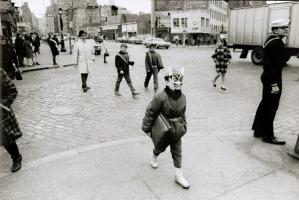
Gianni Berengo Gardin--Boy with Mask
Two of Italy's most important and influential photographers of the second half of the 20th century are Gianni Berengo Gardin and Mario Giacomelli. The pair's images show a joy for living close to the earth that is most Italian indeed.
Gianni Berengo Gardin was born on October 10, 1930, between the two world wars. One of Italy's most acclaimed photojournalists, Gardin spent his childhood in Santa Maria Ligure, his adolescence in Rome, and his young adulthood in Switzerland, Paris, and Venice. His capacity for careful observation can be seen in images that have appeared in over 200 books and in numerous leading Italian and non-Italian illustrated magazines, including Domus, Epoca, L'Espresso, Time, Stern, Harper's, Réalités, Vogue, Le Figaro and many others. He has made well over a million images in his career.
Yet Gardin remains relatively unknown outside of Italy. Photography writer and critic Frank Van Riper touted Gardin's work in one of his columns in the Washington Post by stating that he considered Gardin's "to be not only the equal of, but in many ways superior to, that of the legendary photojournalist and documentarian Henri Cartier-Bresson…I recall later asking a friend why Cartier-Bresson was so much better known than Gianni Berengo Gardin. 'Cartier-Bresson had a better press agent,' the friend replied immediately." And, indeed, more than a few observers have made favorable comparisons of Gardin's and Cartier-Bresson's work.
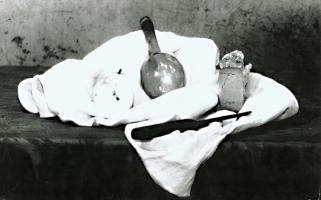
Mario Giacomelli--Still Life
Gardin was an early member of Il Circolo Fotografico La Gondola/Venezia and published his first book on Venice in 1960 and has never looked back. He has worked commercially for Olivetti, Alfa Romeo and Fiat and, over a long period, with the publisher Touring Club Italiano, producing portraits of destinations in Italy and beyond. Yet he also worked for "Il Mundo" from 1954 to 1965, and his work sits firmly within left-leaning concerned reportage of the real and everyday. Gardin’s aim is to leave a record of his epoch through his images.
Through his never-ending curiosity, he is a true embodiment of the lively, intransigent, multifaceted, intellectual and disenchanted witness to a century full of events and changes. Gardin is one of the contemporary photographers whose view of everyday life helped revolutionize photographic language in the second half of the 20th century.
His over 50 years of photography has been focused primarily on the observation of social phenomena and everyday life. His is a true "Neorealism" in photography. In his photos, one notices a strong sense of immediacy; the subjects speak for themselves, often conjuring up past events from the viewer's memory.
His retrospective monograph, "Gianni Berengo Gardin: Photographer", was published in 2005 and edited by Roberto Koch and Alessandra Mauro.
Over 50 different exhibitions worldwide have celebrated his work and creativity. His photography has been shown at the New York Museum of Modern Art, the George Eastman House and the Bibliothèque Nationale in Paris.
In 1990, Gardin was the special guest at the Mois de la Photo of Paris.
His major retrospective was hosted in the Lausanne Musée de l'Elysée in 1991 and his pictures were included in the landmark exhibition dedicated to Italian Art in 1994 in New York at the Guggenheim Museum. During the 1995 Rencontres Internationales De la Photographie at Arles he was awarded the Oskar Barnack - Camara Group prize.
When most people think of a 20th-century Italian photographer usually the first name to come to their minds is Mario Giacomelli. His distinctive high contrast style of printing gritty slice-of-life images of Italian peasants and patterned landscapes made him into the best known of all Italian photographers.
Like Gardin, Giacomelli was a child born between the wars in 1925 in Senigallia, Italy. He left high school at the age of 13 and began working as a typesetter, but spent his weekends painting. After World War II, he turned to photography in 1953 or early 1954, wandering the streets and fields of post-war Italy, inspired by the gritty Neo-Realist films of Vittorio De Sica and Roberto Rossellini.
At nearly the same time Giacomelli joined the influential Italian photography group, MISA, which was founded by Giuseppe Cavalli.
Curator Maria Antonella Pelizzari says this about Giacomelli, "Living on the periphery and soon becoming independent from groups and formalistic debates, Giacomelli chose the eternal image of human suffering over the social documents, working in the hospice in Senigallia, examining the progressive alienation of elderly people. That body of work, together with the photographs he made at Lourdes (1957-59) and others in a local slaughterhouse (1961), offers, in my mind, the most important imprint of this artist's quest over the years. His beautiful images of landscapes, his famous series of priests (why, one wonders, is that series more famous than all the others?) and his photographs of people at work on the land are the expression of a personal relationship with Nature as an ambiguous Mother--a metaphysical entity who gives and sacrifices a vast, invisible, mysterious Presence. It is not by chance that Giacomelli chose two Italian poets as the main inspirations for his images--the nineteenth-century romantic Giacomo Leopardi (a native of Giacomelli's region) and the postwar existentialist Eugenio Montale. Both Leopardi and Montale (two giants of Italian literature) wrote about nature as a challenge, an illusion, a window to unanswered questions. Giacomelli, a poet holding a camera, carried on the same questions by choosing strong contrasts in his prints, creating a sense of surprise in his portraits of people (as if they just came into the world) and shaping the image of his native landscapes as vast, infinite worlds in which the work of man becomes a trace of a larger, unknown composition."
Some of his iconic work was shown at Photokina in Cologne in 1963. The same year his photography is included in 'Photography 63' at George Eastman House and is published in the catalogue edited by Nathan Lyons. The next year curator John Szarkowski bought some of Giacomelli's Scanno pictures for the New York Museum of Modern Art.
From 1964-1966, he completed his series 'The Good Earth' (La Buona Terra), which depicted the peasant farmers in his region; and then in 1966-1968 he created the series 'Death will come and it will have your eyes' (Verrà la morte e avrà i tuoi occhi - from a poem by Cesare Pavese), which was a second look at the residents of the home for the aged.
His work was shown at the 1971 Venice Biennale, and in 1973 Szarkowski included 'The Boy from Scanno' in his influential book and exhibition 'Looking At Photographs'.
Giacomelli passed away in 2000.
Pelizzari notes, "This was the man who said that photographs are like scars that one opens and closes in the process of one's own self-knowledge, the man who used the camera to confront his own fears, the man who could transform memories into pictures. This was a photographer who knew the true alchemy of his medium and used his land to explore it. We are sad that he will not give us new images, but we feel encouraged, today, to think about those scars and look at them with the attention that they deserve."
Exhibited and Sold By
Contemporary Works / Vintage Works, Ltd.
258 Inverness Circle
Chalfont, Pennsylvania 18914 USA
Contact Alex Novak and Marthe Smith
Email info@vintageworks.net
Phone +1-215-518-6962
Call for an Appointment



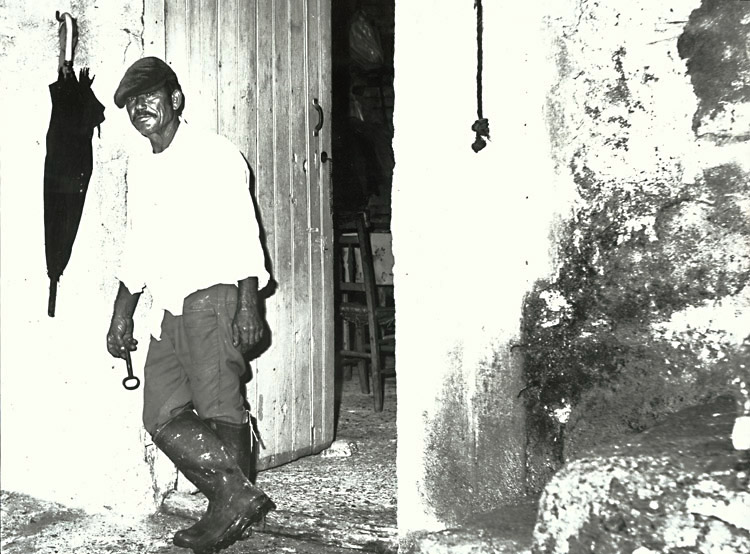
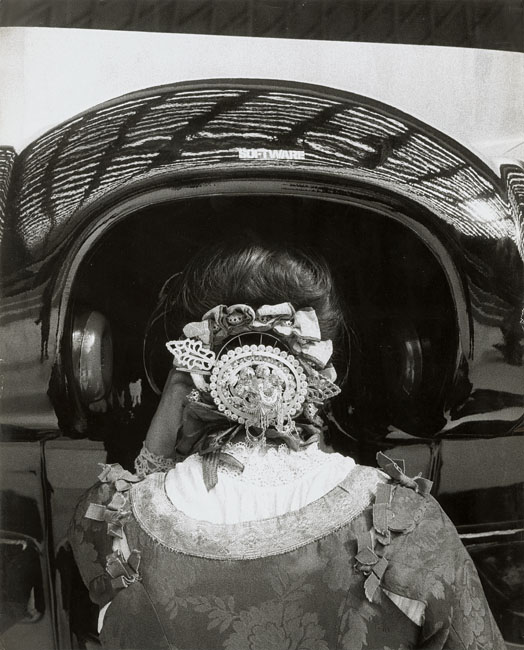

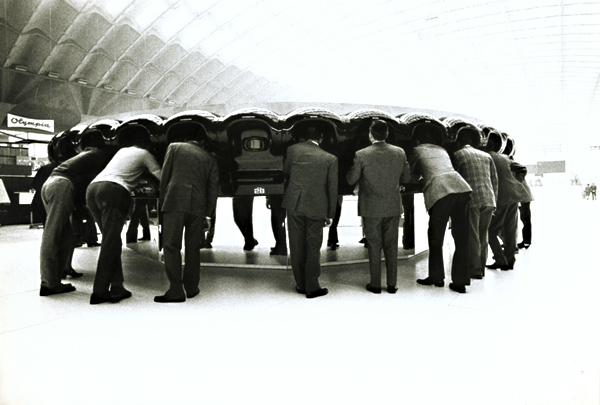
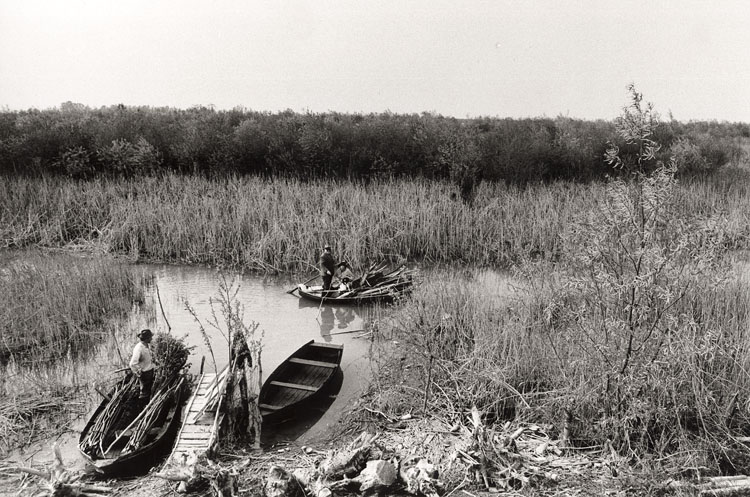
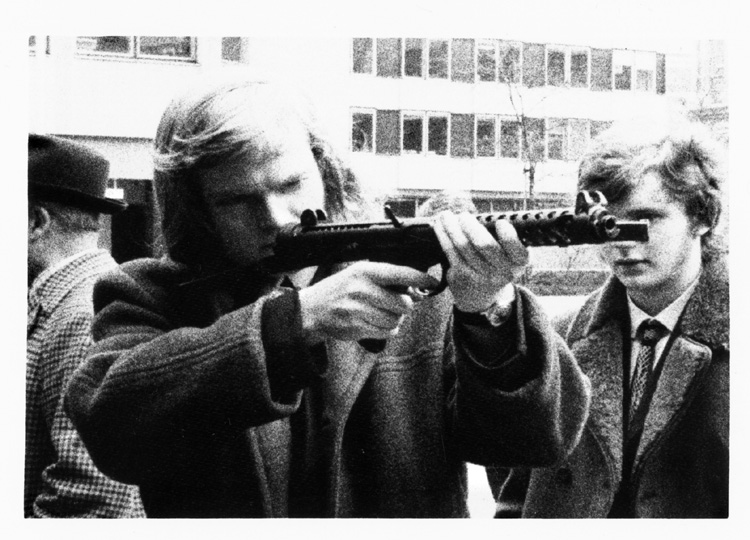
Share This